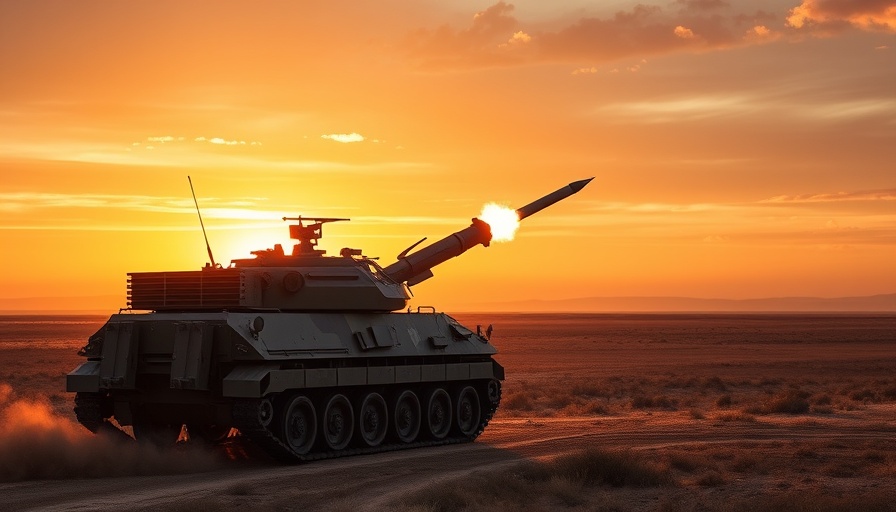
Russian Drones Change the Game on the Battlefield
The conflict in Ukraine has seen a significant evolution in tactics, especially with the introduction of Russia's fiber-optic drones. Recently, these advanced drones successfully targeted and destroyed a High-Mobility Artillery Rocket System (HIMARS) belonging to Ukrainian forces. As reported, this incident marks the fourth HIMARS lost to Russian drone attacks, raising concerns about the security and effectiveness of Ukraine's artillery capabilities.
A New Era of Warfare Technology
These cutting-edge drones are equipped with technology that makes them resistant to electromagnetic jamming—a tactic that typically neutralizes conventional drones. Instead of relying on radio signals, they use millimeter-thick optical fibers to relay control signals over vast distances, allowing them to operate effectively even in heavily contested areas. Such capabilities become crucial during operations conducted deep behind enemy lines, as evidenced by the recent strike near Chasiv Yar.
The Impact on Ukrainian Defenses
As Ukraine continues to deploy approximately three dozen HIMARS units, the precision and effectiveness of these drones pose a serious strategic challenge. The loss of a $20 million launcher not only diminishes Ukraine's offensive capabilities but also highlights the growing vulnerability of their supply lines to targeted attacks. It’s essential for Ukraine to adapt its defensive strategies to counter this new threat.
Future Warfare: A Call for Adaptation
Given the rapid advancements in drone technology, military analysts suggest that both NATO allies and Ukrainian forces need to invest in counter-drone systems capable of dealing with such sophisticated threats. The ongoing arms race in drone warfare signals a need for updated tactics, improved electronic warfare capabilities, and perhaps a reevaluation of supply chain security for critical military assets.
Conclusion
The emergence of fiber-optic drones signifies a transformative shift in military operations, compelling nations to reassess their defense strategies amid this technological upheaval. With the stakes higher than ever, the global community keenly observes what these advancements mean for the future of warfare.
 Add Row
Add Row  Add
Add 




Write A Comment